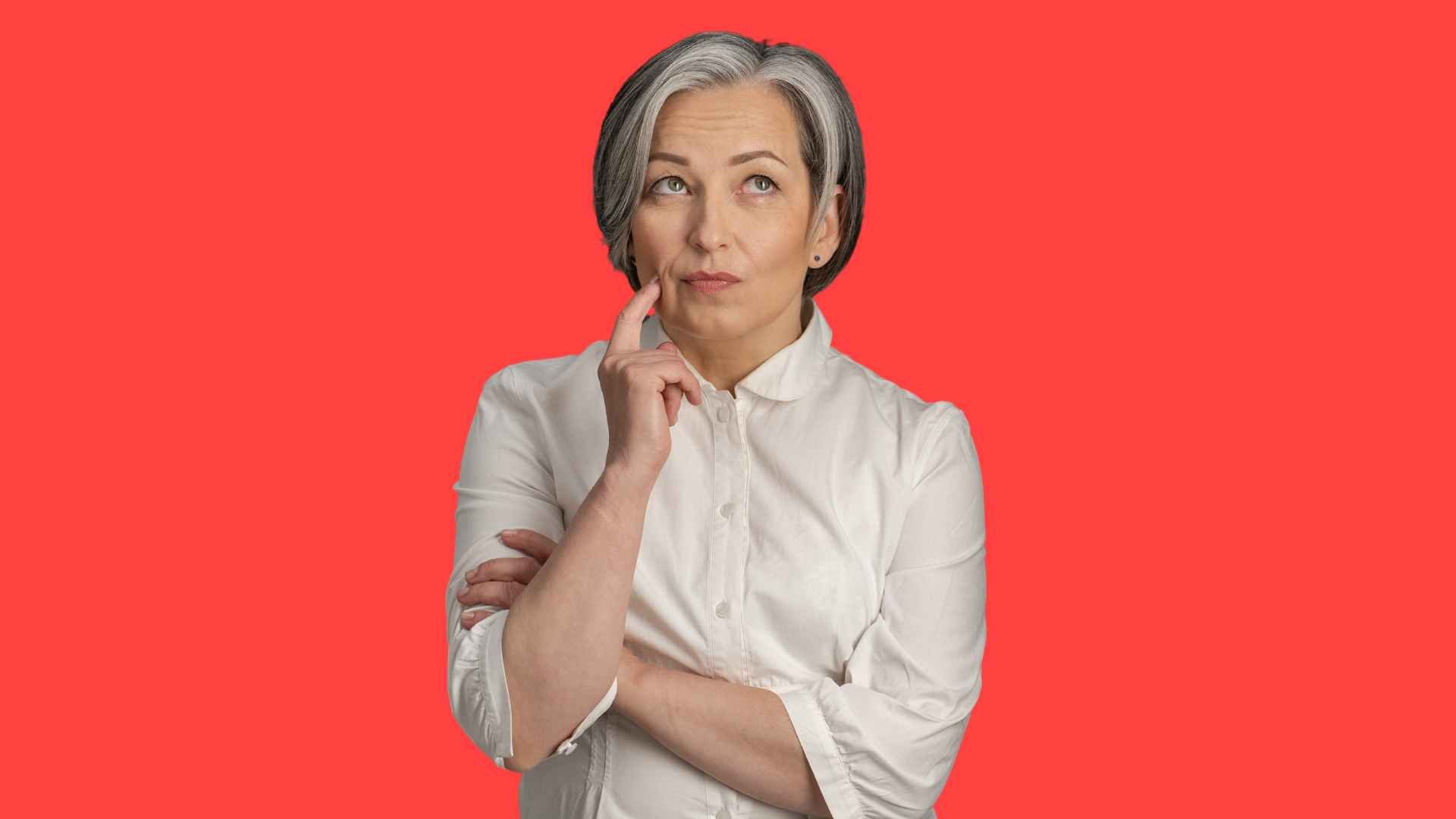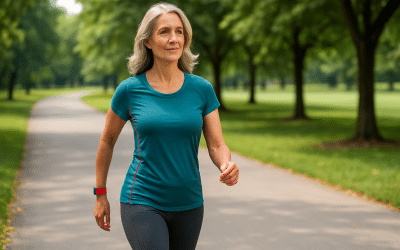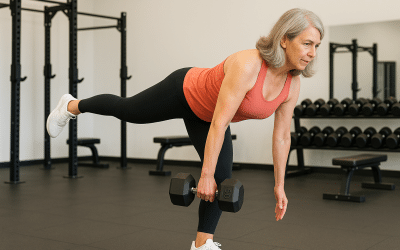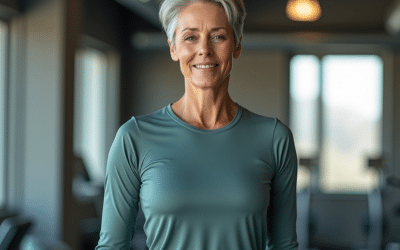So, you’ve hit 50 (or maybe you’re just about to), and you’re wondering, How do I get fit at this stage of life?
The answer might be simpler than you think: Start where you are.
You don’t need to leap into marathon training or extreme boot camps. Let’s break it down …
Focus on Building Strength
By the time you hit 50, muscle loss is already happening (thanks, aging!). The key to reversing this? Strength training.
And no, it’s not about bodybuilding. It’s about maintaining muscle mass so that everyday tasks—like carrying groceries or lifting grandkids—don’t feel like Olympic events.
What to do:
- Start with bodyweight exercises like squats, lunges, and push-ups.
- Add weights or resistance bands once you’re comfortable.
- Aim for 2-3 days a week of strength training, focusing on major muscle groups.
Flexibility is Your Friend
Another fun fact about getting older: Your flexibility takes a hit. That’s why it’s important to keep your joints moving.
What to do:
- Include simple mobility moves in your routine, focusing on areas like your hamstrings, hips, and shoulders.
- Consider mobility exercises like hip circles or arm swings to stay limber.
- Stretch after workouts to reduce soreness and increase range of motion.
Cardiovascular Health Matters
Of course your heart and lungs are important, too. Some level of cardiovascular exercise is essential for keeping your energy levels up and reducing the risk of heart disease, which tends to rise as we age.
What to do:
- Start with walking—seriously, it’s underrated. A brisk 20-30 minute walk most days of the week is a great start.
- If walking feels too easy, try adding short bursts of faster walking (or even jogging) to your routine.
- Consider low-impact activities like cycling or swimming if you want to mix things up.
Listen to Your Body
Now, I know you might be thinking, But what if my knees ache? Or my back feels stiff?
That’s okay. The goal is to get moving without pushing yourself to the point of pain. It’s not about doing what everyone else is doing; it’s about finding what works for you.
What to do:
- If something hurts, modify the movement. Don’t force it.
- Focus on building strength around areas of weakness (like your knees or lower back).
- Always warm up with to prep your muscles and joints.
Nutrition is Key (But Let’s Keep It Simple)
Getting fit isn’t just about what you do in the gym—what you eat matters, too. And while you probably don’t need to overhaul your entire diet, small changes can make a big difference.
What to do:
- Include protein with every meal to help rebuild muscle. About 30 grams per meal is ideal.
- Eat plenty of fiber-rich foods like vegetables and whole grains.
- Hydrate! Drinking water before, during, and after exercise is essential.
Rest and Recovery are Just as Important
Resting isn’t a luxury; it’s a necessity. At this stage in life, your body needs time to recover from workouts, especially if you’re new to exercise or just getting back into it.
What to do:
- Make sure you’re getting enough sleep (7-8 hours is ideal).
- Take rest days between strength training sessions to allow your muscles to repair.
- Pay attention to signs of overtraining—like fatigue, irritability, or persistent soreness.
Final Thoughts
Starting your fitness journey after 50 doesn’t have to be complicated. It’s all about staying consistent, listening to your body, and making gradual improvements.
Remember, it’s never too late to start getting fit. If you need a personalized fitness plan that fits your specific needs, just reach out. We’ll get you moving in no time!




